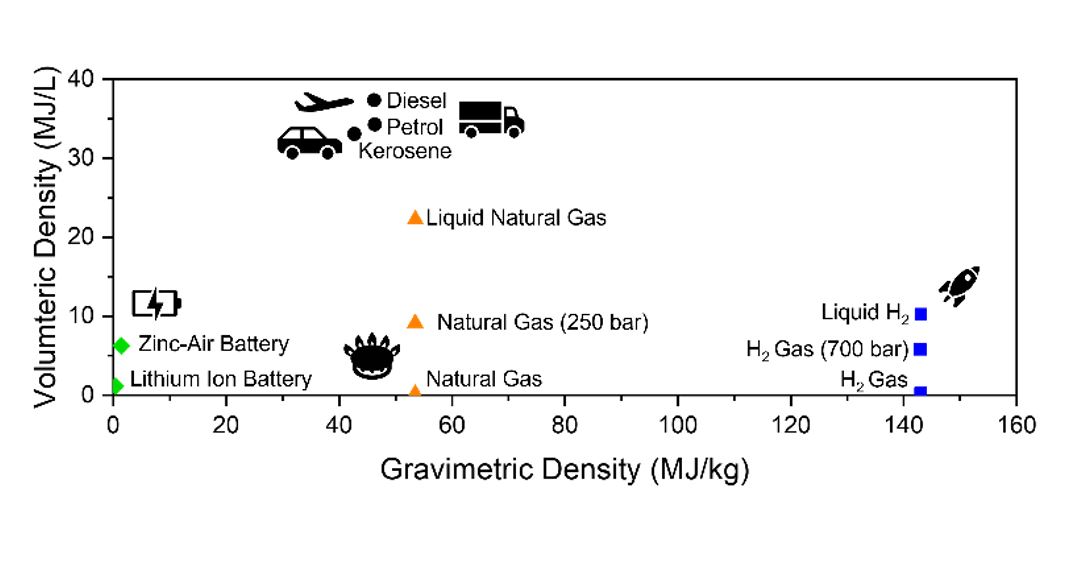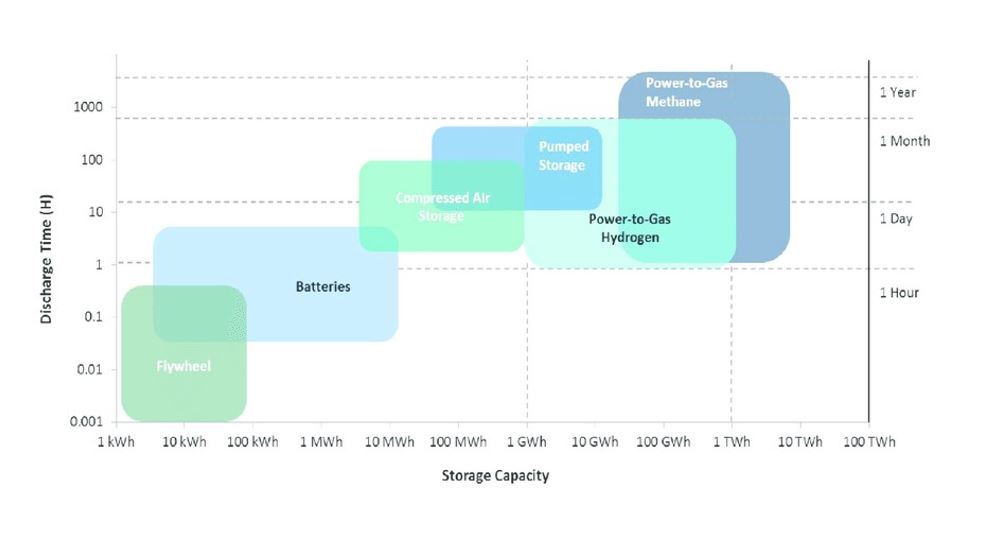
As part of Hydrogen Week 2024, which aims to celebrate and promote the role of hydrogen in reaching Net Zero, we will be shining a spotlight on our GW4 Hydrogen activity.
Hydrogen is central to reaching Net Zero emissions, providing a low carbon fuel which can help us switch to a greener future. Developing a hydrogen economy will also unlock investment, secure and create jobs and boost supply chain opportunities.
The multimillion pound project ‘GW-SHIFT: Great Western Supercluster of Hydrogen Impact for Future Technologies’ is bringing together academic, civic and industry partners to work together to unlock the huge potential of our region’s hydrogen ecosystem providing solutions for storage and distribution, transport, and the energy sector.
Each day, throughout Hydrogen Week 2024, we will be sharing a blog post from the lead of one of the projects five themes:
GW-SHIFT – developing a hydrogen supercluster
We start with an overview of the project from Co-Directors Professor Tim Mays, Director of the Institute for Sustainable Energy and the Environment at University of Bath, and Professor Xiaohong Li, Director of Global Development at University of Exeter.
The Great Western Supercluster of Hydrogen Impact for Future Technologies (GW-SHIFT) is a unique two country programme to develop and accelerate delivery of impact activities for the emerging hydrogen research and innovation cluster across the South West of England and South Wales. The programme will support these regions to decarbonise different sectors and accelerate the journey to Net Zero. GW-SHIFT is funded by the Engineering and Physical Sciences Research Council as a flagship Place Based Impact Acceleration Account.
GW-SHIFT brings together ambitious civic organisations (including Western Gateway, Welsh Government, Great South West, West of England Combined Authority, Swindon & Wiltshire LEP, Cornwall & Isle of Scilly LEP), key industry partners (including Hydrogen South West, GKN Aerospace, Airbus, Johnson Matthey, National Composites Centre, Net Zero Industry Wales, Wales and West Utilities, TNO), and a number of SMEs (including SETSquared partnership), and world-class academic institutions (the GW4 Alliance of the universities of Bath, Bristol, Cardiff and Exeter, alongside Swansea, South Wales and Plymouth). These key regional partnerships will build hydrogen networks and capacity, deliver high impact projects and engage widely with stakeholder communities.
The ambition of GW-SHIFT is to grow from an emerging cluster to an established supercluster which is uniquely placed in the South West of England and South Wales to lead the delivery of the green hydrogen economies needed to decarbonise the UK, driving joined-up impact that spans multiple sectors (maritime, road, rail, aerospace, chemicals) across the region’s unique testbed of urban, rural, and coastal areas and resources.
Hydrogen Production
Dr James Courtney, lecturer in Chemical Engineering at Swansea University and lead for the GW-SHIFT theme Hydrogen Production shares more about this exciting opportunity for the region and the different ways to produce hydrogen.
Right now, we have the opportunity to use technology to avoid a catastrophic climate change event. The use of hydrogen and its associated technologies is key to this opportunity. The UK, the South West of England and the South Wales region can use local geographical advantages to provide a prosperous and exciting future. Particularly exciting is the prospect of developing hydrogen production across the area, with new links, new business and new understanding, harnessing the potential on our doorstep.
World leading experts across the region, from the Universities of Bath, Bristol, Cardiff, Exeter, Plymouth, South Wales and Swansea, have combined with civic leaders and cutting-edge industrial champions to form GW-SHIFT. Focussed on delivering specific, long-term and effective impact across the area. The hydrogen economy is underpinned by the technologies, systems and companies that will produce hydrogen. A key advantage to the use of hydrogen is that there are a multitude of ways to produce it, from electrolysis of water to the conversion of waste bio-mass.
One focus is on the delivery of green electrolytic hydrogen, offering a link between the incredible renewable resources available and a reliable energy system. GW-SHIFT aims to enhance these links and innovations with match funded industry projects or secondments across industries and sectors.
The role of critical materials across the hydrogen value chain, and particularly their role in hydrogen production, is a significant personal interest. The super cluster will advance new products and services giving the opportunity to explore the role of recycling and the circular economy leading to a truly sustainable and prosperous region.
Storage and Distribution
Dr Jemma Rowlandson, a lecturer in Thermodynamics at University of Bristol, and lead for the GW-SHIFT theme Storage & Distribution explains hydrogen’s unique energy profile and how it could offer a versatile storage solution for renewable energy
Hydrogen has the potential to revolutionise the energy landscape by reducing carbon emissions and enhancing energy security, aligning with global net zero initiatives.
Hydrogen Has a Unique Energy Profile
One aspect that sets hydrogen apart is its incredible gravimetric energy density – the highest of any chemical fuel known to mankind! However, despite a high energy content by weight one of hydrogen’s biggest hurdles is that by volume it has a very low energy density. This discrepancy poses a significant challenge for the transportation and storage of hydrogen, especially in mobile applications where space and weight are at a premium. The challenge is illustrated in Figure 1 – our conventional fossil fuels have an excellent balance of volumetric and gravimetric energy density, while hydrogen requires additional storage solutions to increase the volumetric energy density and make it viable.
A Range of Storage Solutions
To harness the full potential of hydrogen as an energy carrier we need storage solutions. These solutions aim to increase hydrogen's volumetric energy density, making it more practical for a wide range of applications. We can store hydrogen using physical or chemical methods.
Physical Hydrogen Storage:
Widely used in commercial applications, physical hydrogen storage involves compressing hydrogen gas to high pressures (up to 700 bar) or liquifying it at extremely low temperatures (-253 °C). These methods are both very effective ways of storing hydrogen, however they do require a significant energy input and advanced materials to handle these extreme conditions.
Chemical Hydrogen Storage:
An exciting and rapidly growing area is using chemical methods to store hydrogen as a solid. Hydrogen can be stored within a material (such as metal hydrides) or on the surface (such as nanoporous materials). These technologies are promising for storing hydrogen at potentially higher energy densities without the need for extreme temperatures and pressures.
Hydrogen: A Potential Player in Renewable Energy Storage
Beyond its direct use as a fuel, hydrogen could offer a versatile storage solution for intermittent renewable energy. As shown in Figure 2, hydrogen could play a crucial role in the medium to long-term storage of renewable energy, complementing other storage technologies. Applications could include peak shaving, where excess renewable energy can be converted to hydrogen and stored using physical or chemical methods, or even at scale even underground in disused caverns. The stored energy can then be reintegrated into the grid through reaction in fuels cells or combustion. By focusing on innovative storage methods and integrating hydrogen into our renewable network we can move closer to achieving a net-zero future.















